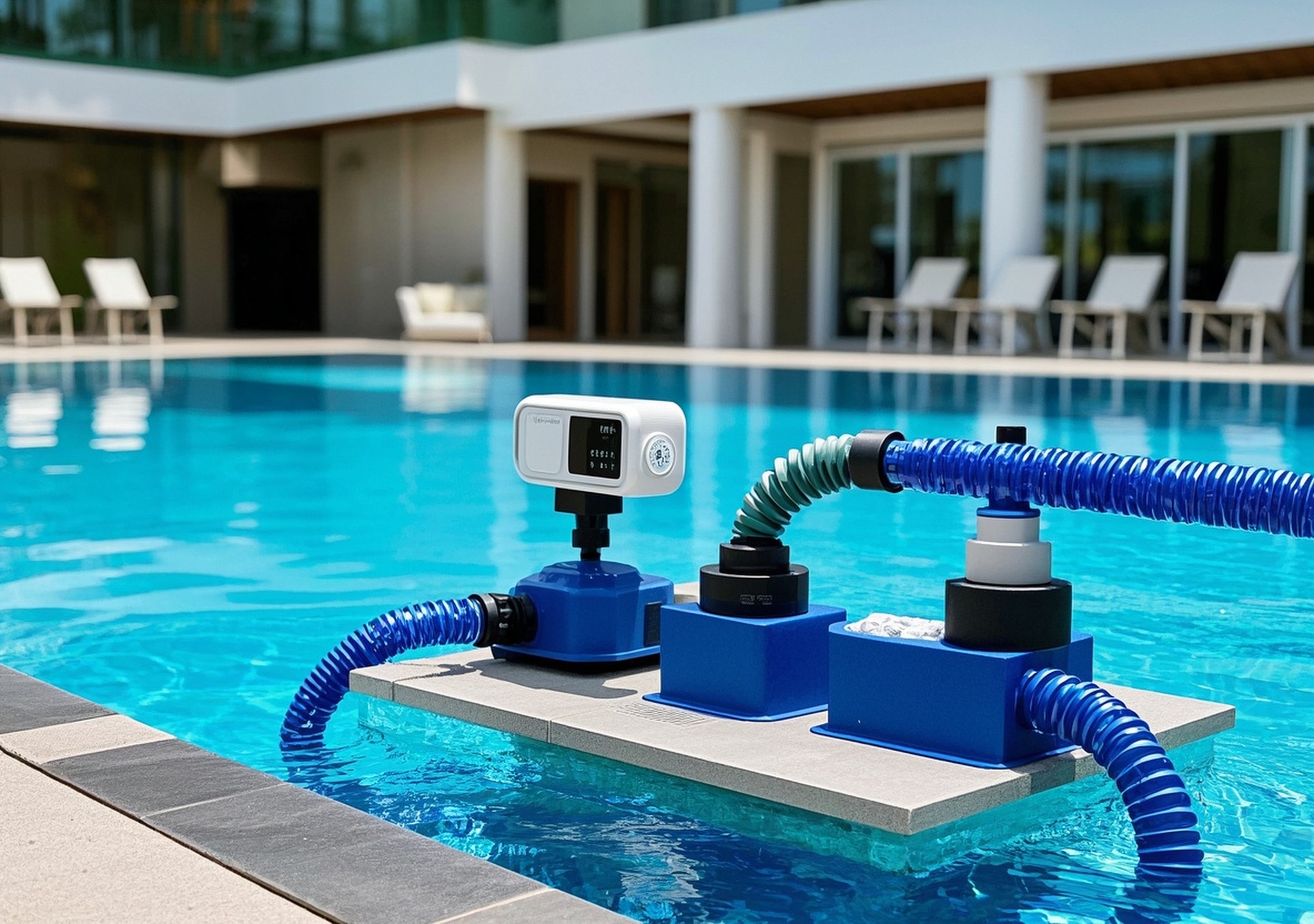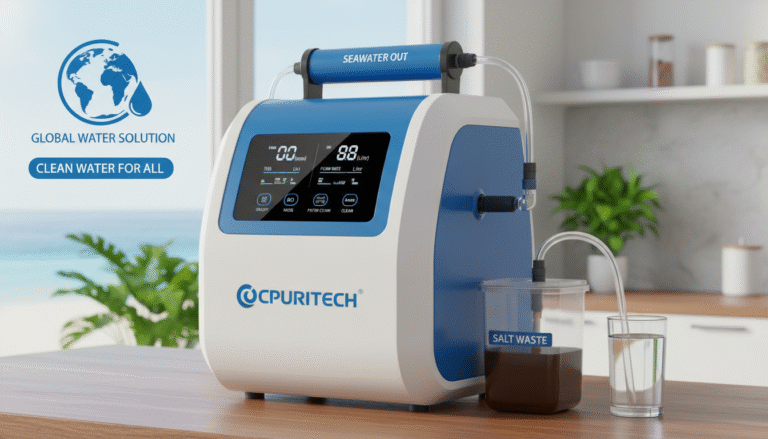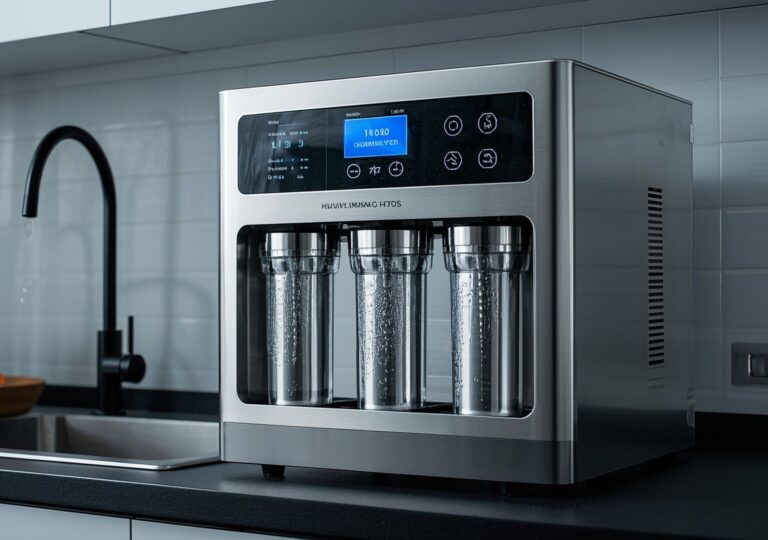Bold Innovations: How Pool Water Treatment Transformed Our Process

Bold Innovations: How Pool Water Treatment Transformed Our Process
In the rapidly growing global swimming pool industry, the quest for cleaner, safer, and more efficient pool water treatment solutions is more critical than ever. With an estimated market growth from $1.125 billion in 2023 to $1.723 billion by 2032 — a compound annual growth rate (CAGR) of approximately 8.5% — the sector is witnessing tremendous innovation. This surge is primarily driven by increasing numbers of pools worldwide, heightened public hygiene awareness, and the demand for cost-effective and automated maintenance solutions. In this article, we delve into the technological breakthroughs, operational insights, and strategic benefits behind modern pool water treatment systems.
1. Overview of Pool Water Treatment Technologies and Their Industrial Relevance
Pool water treatment encompasses a variety of technologies designed to maintain water cleanliness, safety, and aesthetic quality in commercial and residential pools. The main objectives include pathogen elimination, algae control, pH balancing, and prevention of waterborne diseases. These technologies are applicable beyond recreational pools, extending into hotels, public aquatic centers, rehabilitation facilities, and even water parks.
Common categories of pool water treatment include:
- Chemical Treatment: Utilization of disinfectants such as chlorine, bromine, and alternative sanitizers.
- Filtration Systems: Sand, cartridge, or diatomaceous earth filters that remove physical contaminants.
- Advanced Oxidation Processes (AOP): Employing ozone, UV radiation, or hydrogen peroxide for robust microbial control.
- Automated Monitoring and Control: Systems integrating smart sensors to maintain optimal chemical levels continuously.
From my experience advising aquatic facilities, selecting the appropriate combination of these technologies depends heavily on pool size, usage intensity, geographic location, and regulatory requirements.
2. Technical Principles and Key Components Driving Performance
The foundation of effective pool water treatment lies in a multi-tiered approach leveraging chemical, physical, and electronic control mechanisms. Core technologies include:
Membrane Filtration and Separation
Emerging membrane technologies, such as ultrafiltration and nanofiltration, allow for highly efficient removal of suspended solids, microorganisms, and organic contaminants. These membranes act as physical barriers, reducing reliance on excessive chemical dosing and minimizing potential by-product formation.
Automated Chemical Dosing & Control Systems
Automation has revolutionized pool maintenance by integrating pH and chlorine sensors with dosing pumps that adjust chemical input in real-time. This reduces manual interventions, enhances consistency, and optimizes chemical consumption — ultimately cutting operational costs.
Disinfection Chemistry: Chlorine and Alternatives
Chlorine remains the gold-standard sanitizer due to its robust bactericidal and algaecidal properties. Innovative chemical formulations improve stability, reduce odors, and enhance safety during handling.
In recent projects I’ve overseen, implementing such automated control systems combined with optimized chemical formulations has resulted in a 30% reduction in chemical usage, while maintaining regulatory compliance and superior water clarity.
3. Price Breakdown and Cost Analysis
Understanding the cost composition of pool water treatment systems is crucial for informed investment decisions. Typical cost components are:
| Cost Component | Description | Approximate % of Total Cost |
|---|---|---|
| Base Treatment System | Filtration units, pumps, chemical feeders | 50% |
| Automation & Sensors | Monitoring instruments, controllers, software | 25% |
| Chemicals & Consumables | Disinfectants, pH adjusters, testing kits | 15% |
| Installation & Maintenance | Labor, calibration, periodic servicing | 10% |
While upfront investments in automation and membrane technologies are higher than traditional systems, the operational savings and improved water quality yield significant long-term returns. For example, one aquatic center I consulted achieved a 25% reduction in water replacement frequency and a 40% decrease in labor costs within the first year.
4. Performance Specifications and Quality Assurance
Key performance indicators for pool water treatment include:
- Sanitizer Residual Concentration: Maintaining free chlorine between 1-3 ppm ensures effective disinfection.
- pH Stability: Targeting a pH range of 7.2-7.8 to maximize sanitizer efficacy and swimmer comfort.
- Water Clarity: Turbidity below 1 NTU (Nephelometric Turbidity Units) for optical clarity.
- Flow Rate: Sufficient turnover rate, typically 6-8 hours per pool volume.
Material selection is critical to durability and safety—commonly using corrosion-resistant stainless steel, UV-stabilized polymers, and non-toxic seals. Robust quality control follows ISO and local standards, ensuring devices withstand rigorous environmental exposure and deliver consistent performance.
5. Market Trends and Application Scenarios
The pool water treatment market is heavily influenced by regional water quality and customer expectations. For instance, areas with hard water require additional pre-treatment steps like water softening. Rising health-conscious consumer behavior is also fueling demand for saltwater pools and eco-friendly treatment options.
My consultancy work reveals that commercial facilities prioritize automation and remote monitoring to reduce staffing overhead, while residential pools often seek low-maintenance, safe chemical options. There is also growing interest in integrating IoT-based analytics to predict maintenance needs and improve operational efficiency.
6. Case Studies: Real-world Applications
Case Study 1: Municipal Aquatics Center Upgrade
We implemented an automated dosing system paired with UV disinfection at a large community pool. Within six months, the center reported a 50% reduction in chlorine complaints and improved swimmer satisfaction scores. Water testing confirmed a 99.9% elimination rate of typical pathogens.
Case Study 2: Luxury Hotel Pool Automation
The installation of smart sensors and adaptive chemical feeders eliminated manual daily testing. This not only cut labor expenses by 35% but also delivered consistently crystal-clear water, garnering positive guest feedback and reducing incidents of skin irritation.
Case Study 3: Private Residential Saltwater Pool
By transitioning from traditional chlorine tablets to a saltwater chlorination system with integrated pH balancing, the homeowner experienced softer water, reduced chemical storage needs, and a 20% decrease in annual maintenance costs.
7. Customized Solutions and After-sales Support
Modern pool water treatment systems are highly customizable. Clients can select pre-treatment modules for iron or manganese removal, optional secondary filtration, or tailored chemical blends based on local water chemistry.
Professional installation includes system configuration, operator training, and calibration services. Ongoing maintenance contracts provide routine inspections, software updates, and emergency support to ensure system reliability and regulatory compliance.
8. Manufacturer Credentials and Partnership Advantages
Leading manufacturers in this sector emphasize compliance with international standards (e.g., NSF/ANSI, CE) and invest in R&D to keep pace with emerging challenges. Their track records often include documented success in diverse climates and pool environments, attestable through certifications and user testimonials.
Choosing partners with global service networks also guarantees timely support and access to spare parts, a vital advantage from an operational continuity standpoint.
9. Conclusion and Investment Recommendations
The future of pool water treatment is marked by technological integration, sustainability, and user-centric innovations. Data shows markets are expanding fast, propelled by advancements in chemical formulations, automation, and digital monitoring—all enhancing water quality and operational efficiency (Custom Market Insights, 2023).
For stakeholders considering upgrades or new installations, investing in smart treatment systems offers compelling ROI through reduced chemical usage, labor savings, and improved user experience. Additionally, adopting holistic strategies that combine advanced filtration, real-time monitoring, and innovative disinfectants will position facilities at the forefront of safety and compliance.
As an industry expert, I recommend a phased approach: start with a detailed water quality audit, identify critical pain points, and deploy modular components that can scale with evolving needs. This maximizes financial agility while harnessing the transformative power of next-generation pool water treatment solutions.
Reference
According to Custom Market Insights in their report on the Global Swimming Pool Chemicals Market Size (2023), the sector is expected to grow from $1.125 billion in 2023 to $1.723 billion in 2032, driven by increasing pool installations and advancing treatment technologies emphasizing safety and automation.




